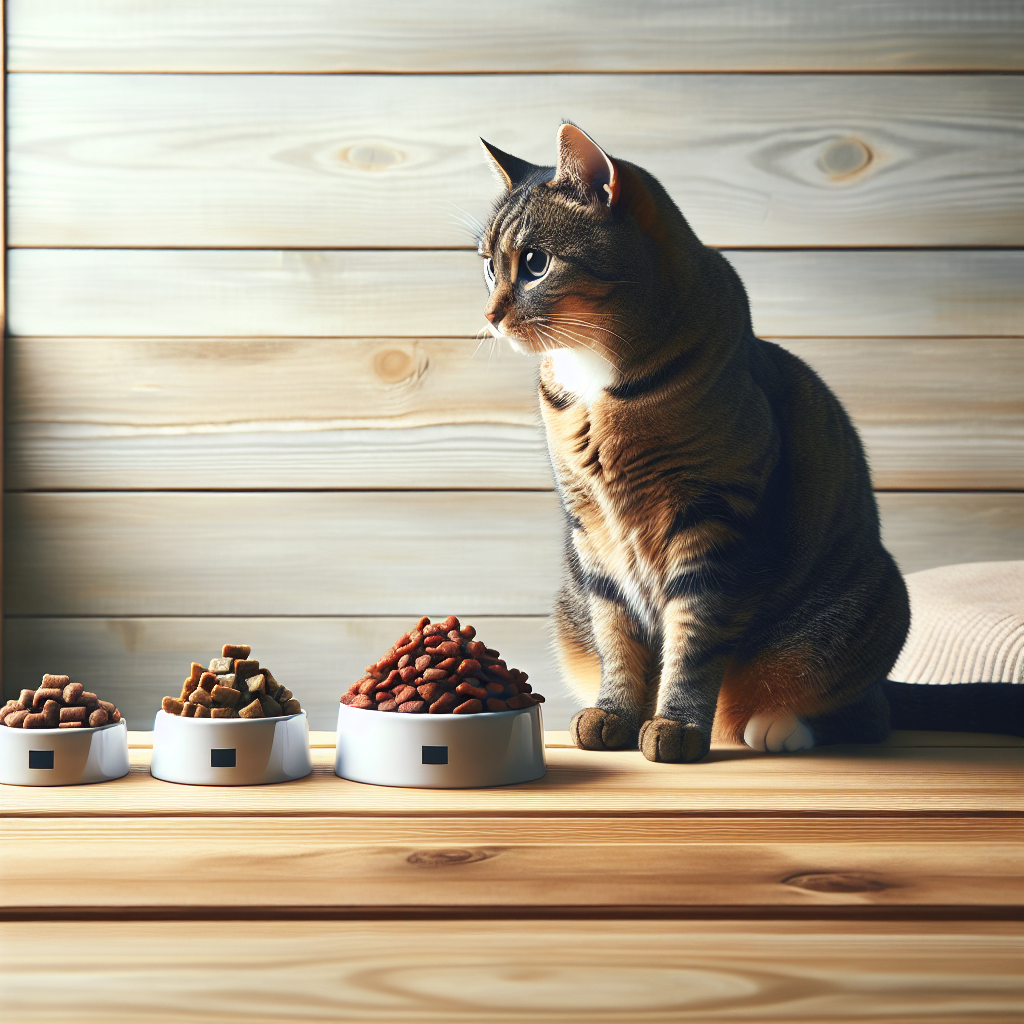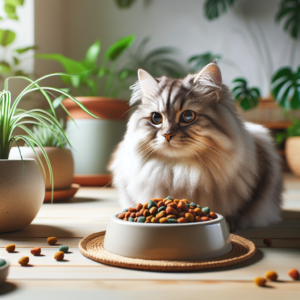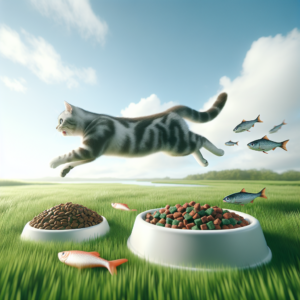
“`html
Introduction
Cats are beloved members of many households, cherished not only for their companionship but also for their independence and unique personalities. As with any pet, ensuring their health and longevity is a top priority for pet owners. One of the key components of feline health is proper nutrition, and an essential aspect of nutrition is mastering portion control. Just like in humans, portion control in cats is crucial for maintaining an optimal weight, ensuring they receive the right nutrients, and preventing health issues associated with overfeeding or underfeeding.
The Importance of Portion Control
Preventing Obesity
Obesity is a significant health concern for cats, just as it is for humans. Overweight cats are at risk for several health problems, including diabetes, arthritis, and heart disease. According to studies, obesity can reduce a cat’s lifespan by up to two and a half years. By controlling portion sizes, pet owners can help prevent their cats from becoming overweight or obese.
Ensuring Nutritional Balance
Cats require a balanced diet that includes proteins, fats, vitamins, and minerals. Feeding the correct portion ensures that cats receive the necessary nutrients without excess calories that contribute to weight gain. Proper portion control helps maintain energy levels, supports a healthy immune system, and promotes overall well-being.
Understanding Your Cat’s Nutritional Needs
Life Stage Considerations
Cats have different nutritional requirements at various stages of their lives. Kittens need more calories and nutrients to support their growth, while adult cats require a maintenance diet that provides sufficient energy for daily activities. Senior cats may need fewer calories and more fiber to support their aging bodies. Understanding these life stage requirements is crucial for proper portion control.
Activity Level and Metabolism
A cat’s activity level and metabolism also play a role in determining the appropriate portion sizes. Active cats or those with a high metabolism may require more calories than less active or sedentary cats. Monitoring your cat’s activity level and adjusting portions accordingly can prevent overfeeding or underfeeding.
Calculating the Right Portion Size
Consulting with a Veterinarian
One of the best ways to determine the appropriate portion size for your cat is by consulting with a veterinarian. They can provide personalized advice based on your cat’s age, weight, health status, and activity level. Regular check-ups will also help monitor your cat’s weight and adjust portion sizes as needed.
Using Feeding Guidelines
Most commercial cat food brands provide feeding guidelines on their packaging. These guidelines are a useful starting point for determining portion sizes. However, they are general recommendations and may need to be adjusted based on your cat’s individual needs. It’s important to note that wet and dry foods have different calorie densities, so portion sizes will vary between the two.
Monitoring Body Condition
A practical way to assess whether your cat is receiving the right portion size is by monitoring their body condition. You should be able to feel your cat’s ribs without pressing too hard, and they should have a visible waist when viewed from above. If your cat is gaining or losing weight unexpectedly, it may be necessary to adjust their portion sizes.
Feeding Strategies for Portion Control
Scheduled Feeding vs. Free Feeding
Scheduled feeding involves providing meals at specific times of the day, which helps regulate portion sizes and monitor intake. Free feeding, where food is available at all times, can lead to overeating and weight gain. Scheduled feeding is often a better option for portion control, as it allows you to measure and control the amount of food your cat consumes.
Using Measuring Tools
Invest in a set of measuring cups or a kitchen scale to accurately portion your cat’s food. Eyeballing portions can lead to overfeeding, especially with dry food, which is calorie-dense. Precise measurement ensures consistency and helps in maintaining the right portion sizes.
Interactive Feeders and Puzzle Toys
Interactive feeders and puzzle toys are excellent tools for portion control. They slow down eating, provide mental stimulation, and prevent boredom. These feeders require cats to work for their food, which can help regulate their intake and prevent overeating.
Addressing Common Challenges
Multiple Cat Households
In households with multiple cats, portion control can be challenging, as some cats may eat more than their share. To address this, feed cats in separate areas or provide individualized feeding times to ensure each cat receives the correct portion.
Begging and Scavenging
Cats may beg for food out of habit or boredom rather than hunger. Responding to begging by feeding more can lead to overfeeding. Instead, engage your cat with playtime or offer low-calorie treats as rewards. Keep counters and tables clear of food to prevent scavenging.
Special Dietary Needs
Cats with specific dietary needs, such as those with allergies or medical conditions, may require tailored portion sizes and feeding schedules. Work closely with a veterinarian to develop a feeding plan that meets these needs while maintaining portion control.
Monitoring and Adjusting
Regular Weigh-Ins
Regularly weighing your cat is an effective way to monitor their weight and adjust portion sizes as needed. A gradual weight change is normal, but sudden fluctuations may indicate an issue with portion control or overall health.
Observing Behavioral Changes
Pay attention to any changes in your cat’s behavior, such as increased lethargy, decreased appetite, or changes in litter box habits. These may signal an issue with portion sizes or underlying health problems that require veterinary attention.
Conclusion
Mastering cat portion control is a critical aspect of maintaining your feline friend’s health and well-being. By understanding your cat’s nutritional needs, calculating the right portion sizes, and implementing effective feeding strategies, you can help prevent obesity and ensure your cat receives the nutrients they need for a long and healthy life. Regular monitoring and adjustments, along with veterinary guidance, will further support your efforts in achieving optimal health for your cherished companion.
“`







